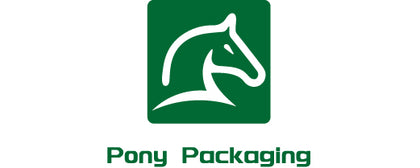What is The Difference Between Thermal Paper and Receipt Paper?
In the realm of transaction documentation and printing, two terms frequently interchanged are thermal paper and receipt paper. While both are commonly used in point-of-sale (POS) systems and various printing applications, they possess notable differences that merit elucidation. Let’s delve into the nuances to discern their disparities and functionalities.
Thermal Paper
Composition - Thermal paper is primarily constituted of a base paper coated with a special heat-sensitive layer. This layer typically contains a combination of dyes, developers, and other chemicals that react to heat.
Printing Mechanism: Printing on thermal paper involves the application of heat through a thermal print head. When heated, the chemical coating on the paper reacts, resulting in the formation of text or images without the need for ink ribbons or toner cartridges.
Applications: Due to its direct thermal printing mechanism, thermal paper finds extensive utilization in various industries. It is commonly employed in point-of-sale systems, ATMs, fax machines, medical devices for printing ultrasound images, parking tickets, and labels.
Characteristics:
Produces high-resolution prints.
Prone to fading when exposed to heat, light, or chemical contaminants.
Not suitable for long-term archival purposes due to its susceptibility to fading.
Receipt Paper
Composition: Receipt paper encompasses a broader category that includes various types of paper used for printing receipts. It can be comprised of bond paper, thermal paper, or carbonless paper, depending on the specific printing requirements and preferences.
Printing Mechanism: Receipt paper can accommodate different printing mechanisms based on the type of paper utilized. For instance, thermal receipt paper employs direct thermal printing, while bond paper may involve inkjet or laser printing.
Applications: Receipt paper is predominantly employed for generating transaction receipts in retail, hospitality, banking, and other commercial sectors. It serves as a tangible record of transactions, providing customers with proof of purchase while facilitating business record-keeping.
Characteristics
Versatile, catering to diverse printing methods and applications.
Available in various sizes, thicknesses, and colors to suit specific requirements.
Offers better resistance to fading compared to pure thermal paper, making it suitable for retaining transaction records over longer durations.
In essence, while thermal paper constitutes a specific type of paper with a specialized heat-sensitive coating for direct thermal printing, receipt paper encompasses a broader category that includes various papers utilized for printing receipts. While thermal paper is notable for its direct thermal printing capabilities and high-resolution prints, receipt paper offers versatility in accommodating different printing methods and greater resistance to fading. Understanding the disparities between these two types of paper is crucial for selecting the most suitable option based on the intended application and printing requirements.
This blog post has been crafted to provide insight into the distinction between thermal paper and receipt paper, elucidating their composition, printing mechanisms, applications, and characteristics. Whether you’re a business owner seeking to optimize transaction documentation or a printing enthusiast keen on exploring paper varieties, this elucidation aims to enhance your understanding of these fundamental printing materials. Read More














